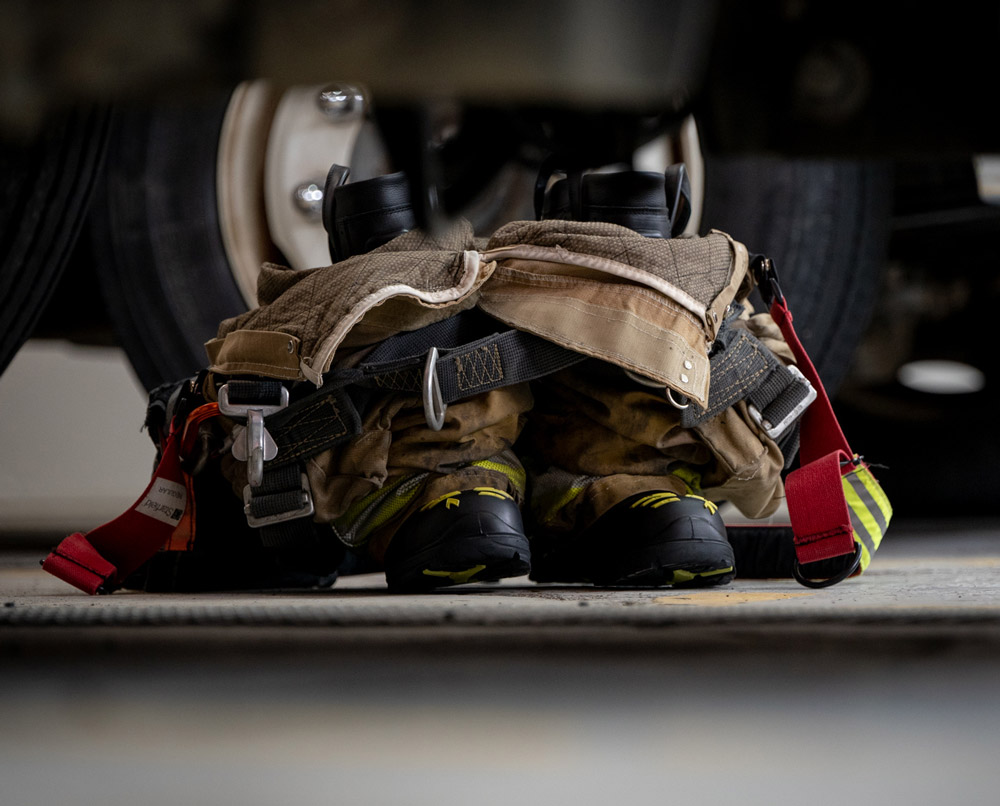The Best Defense is a Good Offense
Firefighting is a challenging and high-risk profession that requires courage and dedication from those who choose to take on the role. Since the tragic events of 9/11 and the collapse of the Twin Towers, the fire service has been grappling with a new and alarming issue: the rising incidence of cancer among firefighters. Over the past two decades, the awareness of this issue has grown significantly, and it is now widely recognized as a critical concern among firefighters, adding an additional layer of danger to an already perilous profession.
So as a firefighter, how do you go about minimizing your risk of exposure to the carcinogens encountered on the fireground? You already wear gear specifically designed to protect you from the immediate dangers of firefighting, and we all know your gear can show just how rough a day you can have on the job. Here are some steps you can take to keep your turnout gear safer for you - and don’t forget, that includes your boots too.
- Clean and care for PPE and SCBA properly.
- Clean your PPE, including your boots, following NFPA 1851 and HAIX recommendations after every fire.
- Use SCBA and remain on air through the end of overhaul and if exposed to smoke on exterior operations.
- Perform decontamination of gear and boots at the fire ground while still on SCBA air. Keep on SCBA air until on-scene decontamination is complete.
- Never wash PPE or boots at home or at a public laundry mat.
- If your boots are damaged or contaminated your boots may need to be destroyed or retired. Follow NFPA 1851 guidelines.
- Wash yourself as soon as possible after every fire.
- Wash exposed face, hands, head, and neck at the fire ground with wet wipes or soap and water. Keep wet wipes available for easy cleanup.
- Shower your entire body as soon as possible after cleaning equipment after returning to the station.
- After showering, change into clean clothes.
- Store PPE gear and boots in order to avoid contaminating other areas in the firehouse or apparatus. Be mindful that particles can be still present on your boots even after cleaning.
- At the firehouse, store gear in designated areas only. Keep gear locker room door closed. Do not wear or leave gear in the living and sleeping areas
- After a fire, exposed gear should be returned to the station for cleaning via the fire apparatus. Store exposed gear in an outside compartment while returning to the station. If gear must be stored inside the apparatus, place it in a tied garbage bag or an airtight container. If stored in a container that will be reused, the container must also be cleaned.
- Always use a PPE gear bag or an airtight container when transporting clean gear in personal vehicles.
Be conscious of potential cross-contamination by being mindful of what you touch on the job, and avoid transferring harmful substances to everyday surfaces. This includes being aware of the transfer of contaminants between your personal and work areas, such as your cell phone and other objects that may go with you from the firehouse to a fire scene and back. A study found that the coffee pot in the living area of a firehouse is a common source of cross-contamination.
In the end, the best rule of thumb for protecting yourself and others is to keep your boots clean and to just leave your boots at the door!





